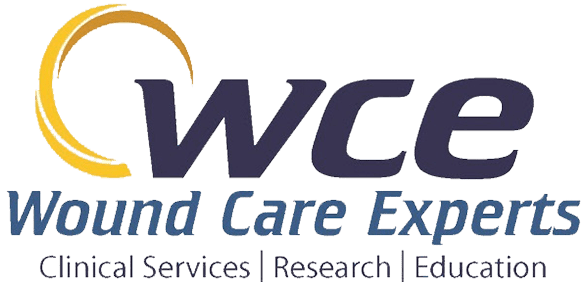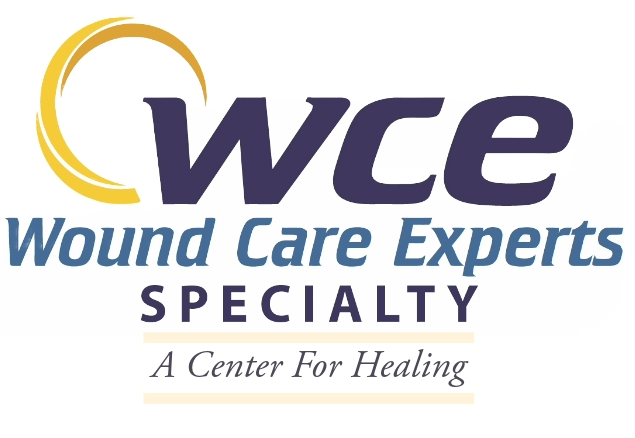
“An infected wound is due to bacteria in the wound.” Simple enough statement, right? Most of us, even those that are not medical professionals, understand this point. The truth underpinning this statement, however, is so much more complex. First, let us understand just the diversity of the “microbiome,” or the bacterial world. There are ~30,000 different species of bacteria (not including fungi and other microbes that cause infection. Of these species, ~1,000 colonize and potentially infect the human skin and soft tissues. More importantly, as I’ve discussed previously, these bacteria may be found in various forms of interaction with one another. They may be “motile,” which means that they are individual microbes free-floating in the wound. They may be “sessile,” which means they are attached to a surface. These types of bacteria classically have been diagnosed with a traditional culture. However, there is a third form of bacteria, the biofilm. In this form, bacteria “clump together” and form a colony. They become imbedded in an extracellular matrix composed of exopolysaccharides, proteins and nucleic acids. The biofilm provides the bacteria with certain benefits, such as increased resistance to antibiotics and makes them difficult to diagnose with standard techniques such as the culture. This means that a biofilm might persist undetected and hinder wound healing. Luckily, certain technologies have become available that may asist int he early diagnosis of biofilm in a wound. One such technology is the MolecuLight i:X. This technology out of Toronto in Canada is a patented bacterial fluorescence imaging system. It does not require any dye or injections, just a dark room. The device is precisely calibrated to identify the clinically relevant bacteria. That is, it visualizes the 10 most common bacterial genera that cause wound infections at a concentration of 10,000 CFU/gram. The technology works by emitting a violet extraction signal at the wound. This stimulates certain proteins in the bacteria, such as porphyrins, to fluoresce. This signal is captures using a proprietary filter in the device that allows visualization of the bacterial fluorescence. These colors are often cyan or red. This serves as a proxy for biofilm, which is processes by the device and provides the doctor with an image of the biofilm! This allows the doctor to make very important clinical decisions, such as whether to initiate antimicrobial therapy and what sort of wound care regimen to utilize. Also, the device may help guide debridement. Here at Wound Care Experts, I am pleased to offer this technology as the first in the greater Las Vegas region! I personally like to be as conservative and tissue-sparing as possible, due to the pain debridement causes patient and the desire to leave “healthy” tissue intact. With the MolecuLight, I can be even more focused with my debridements. This allows me to perform an even higher level of “Cadillac Care” that my patients have grown to expect at Wound Care Experts.
